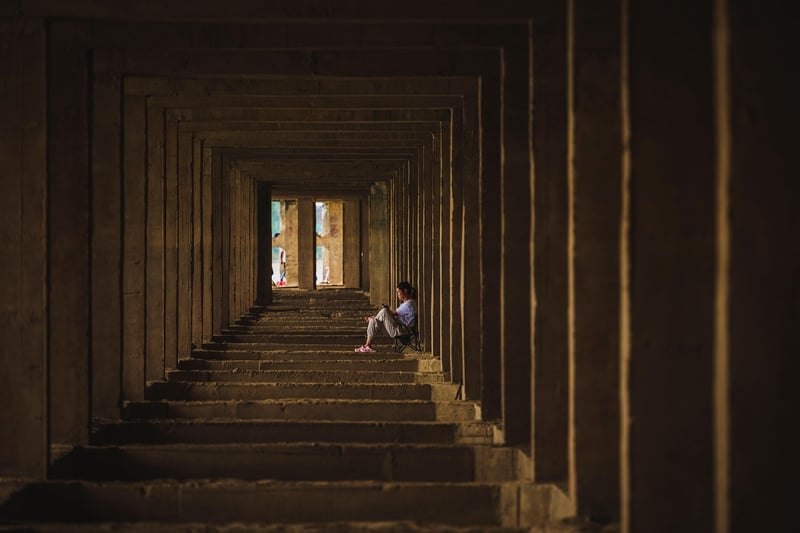Symmetry vs. Asymmetry
Enhance the Visual Appeal of Your Garden: Symmetry vs. Asymmetry

Introduction
Your garden is a place of beauty and tranquility, a sanctuary where you can relax and connect with nature. Enhancing the visual appeal of your garden not only adds to its charm but also creates a welcoming space for you and your guests to enjoy. One key design consideration in landscaping is whether to opt for symmetry or asymmetry. Let's explore the benefits and characteristics of each to help you make an informed decision for your garden.
Symmetry in Garden Design
Symmetrical garden designs feature balanced elements on either side of a central axis. This classic approach creates a sense of formality, elegance, and order. Symmetry is often achieved by mirroring plantings, pathways, and focal points to create a harmonious and visually pleasing composition. Formal gardens, such as French or Italian styles, typically embrace symmetry to create a sense of grandeur and sophistication.

Benefits of Symmetry:
- Creates a sense of balance and harmony
- Imparts a formal and structured look
- Emphasizes focal points effectively
Asymmetry in Garden Design
Asymmetrical garden designs, on the other hand, embrace a more natural and relaxed feel. In asymmetrical layouts, elements are not identical on both sides of the garden, yet they are balanced through careful placement and consideration. This style lends itself well to more informal and organic gardens, such as English cottage gardens or Japanese Zen gardens.

Benefits of Asymmetry:
- Creates a dynamic and engaging look
- Allows for creativity and uniqueness
- Imitates the natural flow of landscapes
Conclusion
Whether you prefer the classic elegance of symmetry or the natural charm of asymmetry, both design approaches offer their own unique advantages. Consider the overall style of your home, your personal preferences, and the mood you wish to create in your garden when deciding between symmetry and asymmetry. Remember, there are no strict rules in garden design, so feel free to experiment and combine elements from both styles to create a garden that truly reflects your personality and enhances the visual appeal of your outdoor space.
